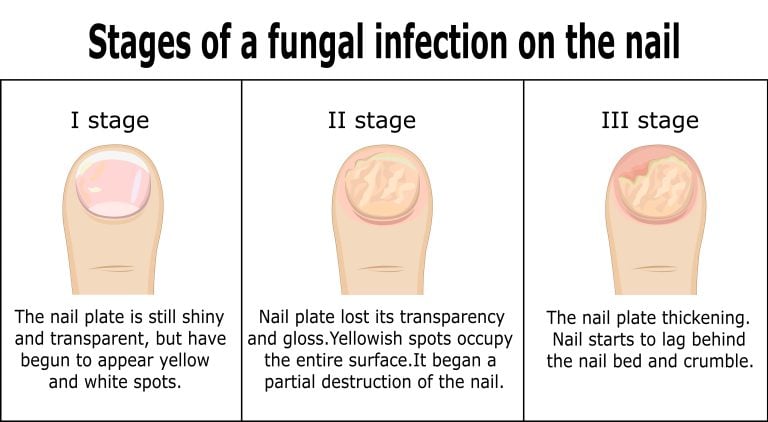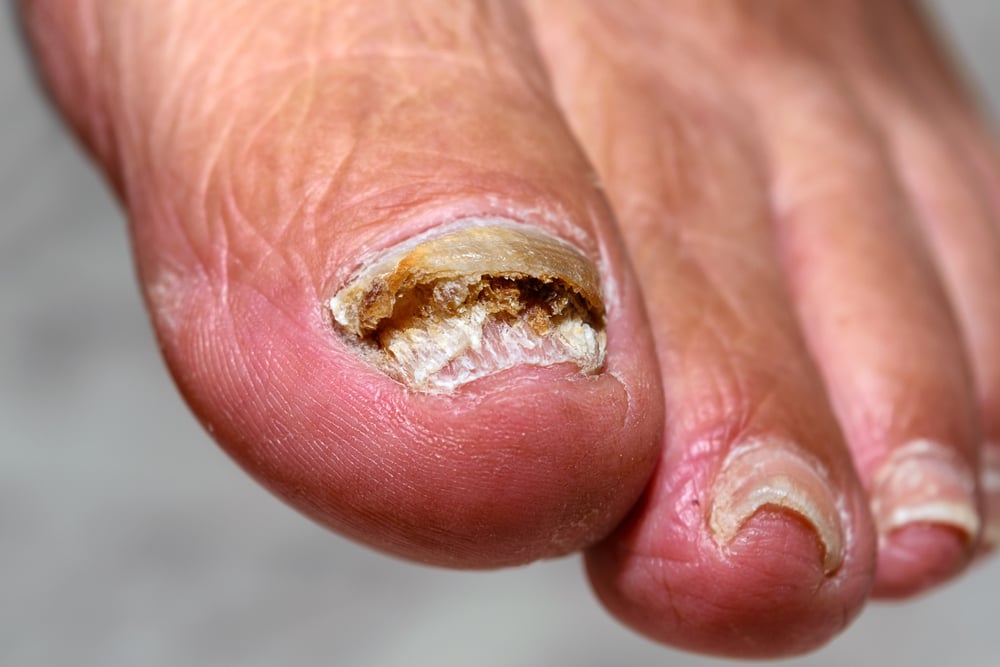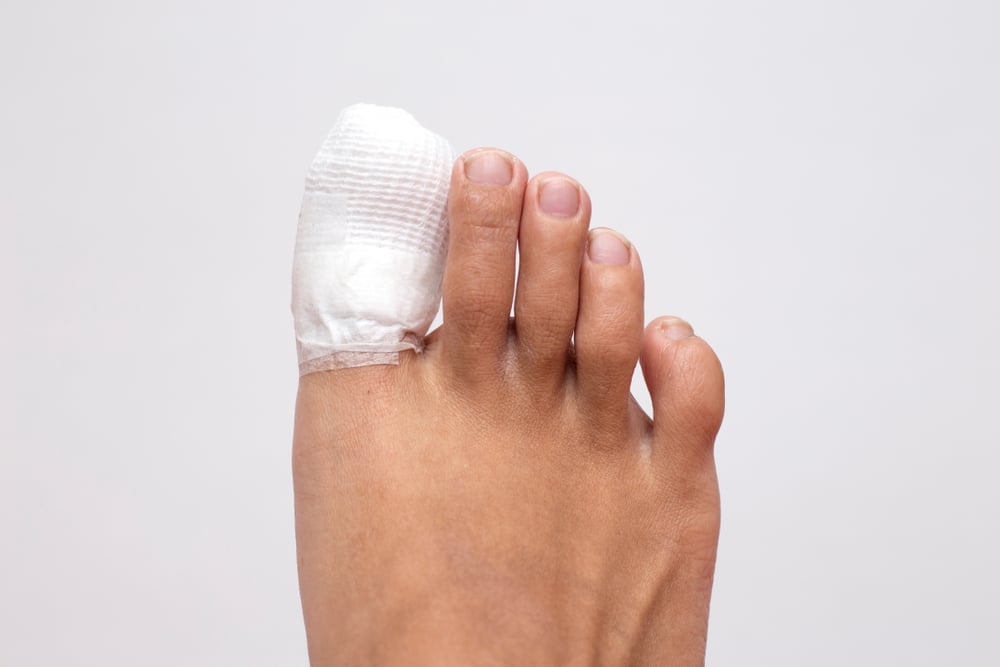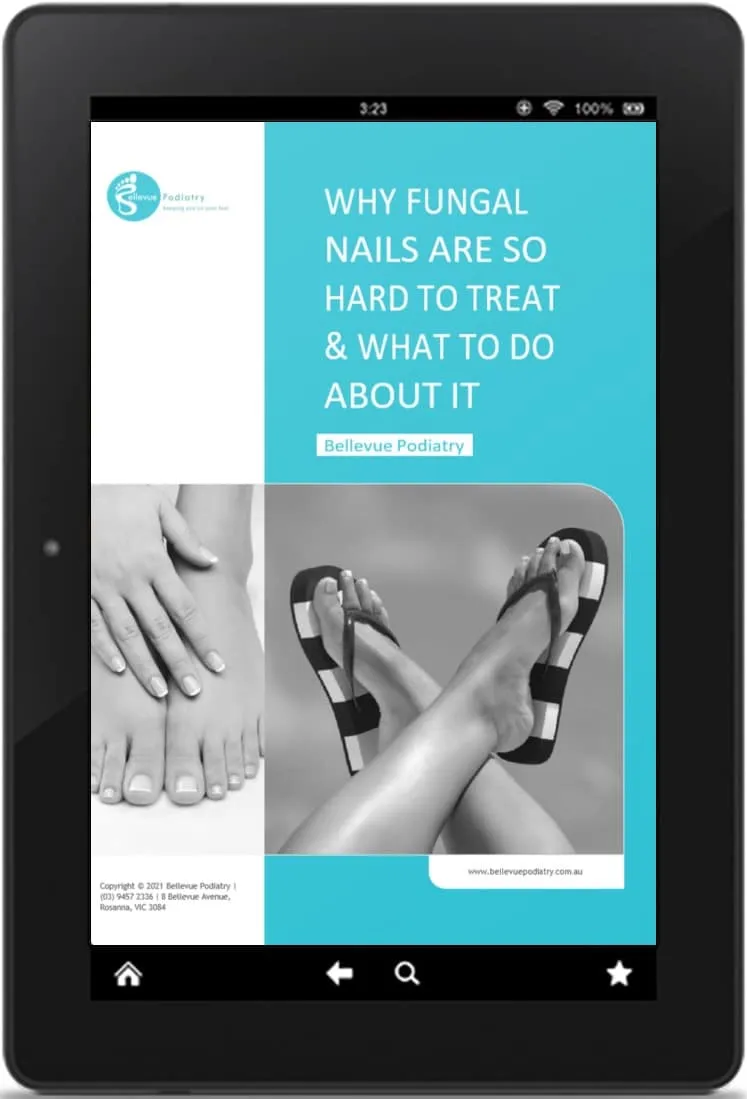Did you know that oral antifungal medications like Itraconazole and Terbinafine have success rates ranging from 55-70% in treating severe fungal nail infections? When you’re dealing with intense pain, significant nail thickening, or distorted nail shape, you might find that oral medications alone aren’t enough.
That’s where surgical treatments, such as nail avulsion, come into play. These procedures can complement medication, addressing the core of the problem more thoroughly.
So, what specific treatments should you consider to finally get relief from this stubborn condition? Let’s explore the options that can make a real difference.
Signs of a Severe Infection
In severe fungal nail infections, you’ll notice intense pain, significant nail thickening, and a distorted nail shape. These conditions indicate a progressive infection that goes beyond mere cosmetic concerns. The thickening of the nail can make routine activities like walking or wearing shoes uncomfortable, if not outright painful.
You’ll also see that the infection might extend to the surrounding skin, leading to redness, swelling, and, occasionally, a discharge. This extension of the infection can exacerbate discomfort and complicate treatment. Advanced stages often result in onycholysis, where the nail separates from the nail bed, along with crumbling and a foul odour emanating from the affected area.

These severe manifestations typically resist topical treatments and demand more aggressive interventions. In these cases, oral antifungal medications like traconazole and terbinafine become necessary. Such medications work systemically to eradicate the fungus, promoting the growth of a new, healthy nail. However, these treatments require close monitoring by a podiatrist due to potential side effects.
If left untreated, severe fungal nail infections can lead to permanent nail damage and chronic discomfort, impacting your quality of life significantly. Recognising these signs early can expedite effective treatment and prevent long-term complications.
Causes of Fungal Toenail
Nail fungus, medically known as onychomycosis, often results from fungal organisms thriving in warm, moist environments like those inside shoes and socks. These fungi, particularly dermatophytes, can invade the keratin of the nail plate and bed, leading to infection. You’re more susceptible if you have poor foot hygiene, compromised immune function, or are older.
Athlete’s foot, a common dermatophyte infection of the skin, often spreads to the nails, exacerbating the problem. The fungi enter through small separations between the nail and nail bed, causing infection. Fungal nail infections typically begin at the distal edge and progress proximally, causing nail discoloration and thickening.
Additionally, chronic conditions like diabetes and peripheral artery disease can increase the risk due to impaired blood circulation and a reduced immune response. Once established, the fungi can distort the nail’s shape and appearance, making treatment challenging.

Understanding these causes helps you identify preventive measures and seek early treatment, thereby reducing the risk of severe infections. Proper foot care, regular hygiene practices, and addressing any predisposing conditions can greatly lessen your risk of developing onychomycosis.
Oral Medications & Their Side Effects
Oral antifungal drugs, such as itraconazole and terbinafine, are very good at treating severe fungal nail infections because they work on the pathogen at a cellular level to help the nail grow back healthy.
These drugs work internally to eradicate the fungal infection, thereby allowing a new, uninfected nail to grow. With a success rate of 55-70%, these medications greatly outperform topical treatments, providing a robust solution for persistent fungal infections.
When you opt for oral antifungal therapy, consistent monitoring by a healthcare provider is essential. Both itraconazole and terbinafine can have potential side effects, including liver toxicity and gastrointestinal disturbances, which necessitate periodic liver function tests and clinical evaluations. Despite these risks, the benefits often outweigh the drawbacks, especially in severe cases where topical treatments have failed.
The treatment course generally spans several months, often requiring 10–12 months for complete fungal eradication and nail regrowth. Your podiatrist will guide you through this period, adjusting the regimen as necessary to maximise efficacy while minimising adverse effects.
Podiatrist Surgical Nail Treatment Options
When conservative treatments and medications fail to eradicate severe fungal nail infections, surgical intervention becomes a necessary alternative. Surgical treatment, often involving complete or partial nail removal, is reserved for cases where other methods have proven ineffective.
This procedure, known as nail avulsion, entails the precise removal of the affected nail to eliminate the fungal infection entirely and promote the growth of a new, healthy nail.
The surgical process can be performed under local anaesthesia, ensuring minimal discomfort for you. Post-surgery, the exposed nail bed can be treated with topical antifungals to prevent reinfection during the regrowth period. The success rate is remarkably high, with new nail formation typically occurring within a year or more.

In severe cases, surgical intervention addresses irreparable damage caused by the fungal infection, offering a definitive solution when other treatments have failed. While the prospect of nail removal may seem challenging, it provides a highly effective means to restore nail health and prevent further complications.
Consulting with a podiatrist will guarantee you receive personalised care and appropriate post-operative guidance for the best recovery and nail regrowth.
Preventing Infections & Other Conditions
To effectively prevent fungal nail infections, maintaining meticulous foot hygiene, including regular washing and thorough drying, is essential. Ensuring your feet are clean and dry reduces the moisture that fungi thrive on. It’s also important to wear breathable socks and shoes that promote air circulation, thereby minimising fungal growth and infection risks.
Additionally, you should avoid sharing personal grooming tools, such as nail clippers and files. This practice greatly reduces the potential for cross-contamination and the spread of fungal pathogens. Regularly using anti-fungal sprays or powders in your shoes can further reduce fungal proliferation and help prevent reinfections.
Here’s a concise checklist to help you maintain excellent foot health:
- Wear breathable footwear. Choose materials like cotton or moisture-wicking synthetics.
- Use anti-fungal products: Include sprays or powders in your daily routine to combat fungi.
- Inspect your nails regularly. Early detection of discoloration, thickening, or other changes can prompt timely intervention.
In Closing...
In severe fungal nail infections, combining oral antifungal medications like Itraconazole or Terbinafine with surgical treatments, such as nail avulsion, offers the most effective relief. This dual approach tackles the problem both systemically and locally, addressing symptoms like intense pain and nail distortion.
Prevention remains the cornerstone of long-term management. Remember, an ounce of prevention is worth a pound of cure, so maintain good foot hygiene to keep fungal infections at bay.
Prepare for the next warm season by acting now so you can go barefoot with confidence!
Take the first step by calling us today on (03) 9000 0418 or book online for our fungus nail assessment & treatment plan appointment – includes on the spot test to confirm your fungus nail infection and professional advice on next steps to clear & healthy nails.
Fungal Nails
Understand how you get fungal nail and what you can do to get rid of them once and for all. You don't need to put up with unsightly toenails - get our eBook to find out how!


Bellevue Podiatry Antifungal Nail Treatment
Bellevue Podiatry has been serving the people of Rosanna and its surrounding suburbs for over 10 years. We have the experienced and education to effectively treat any lower limb condition or injury that requires expert podiatry care.
